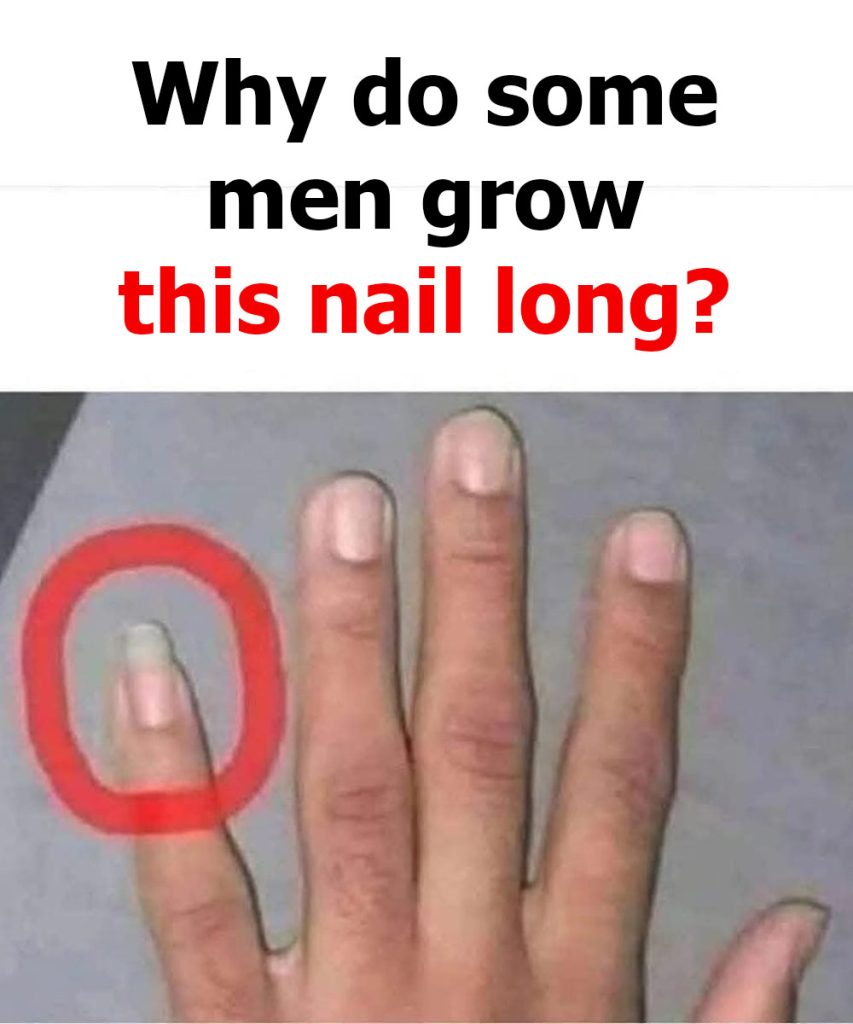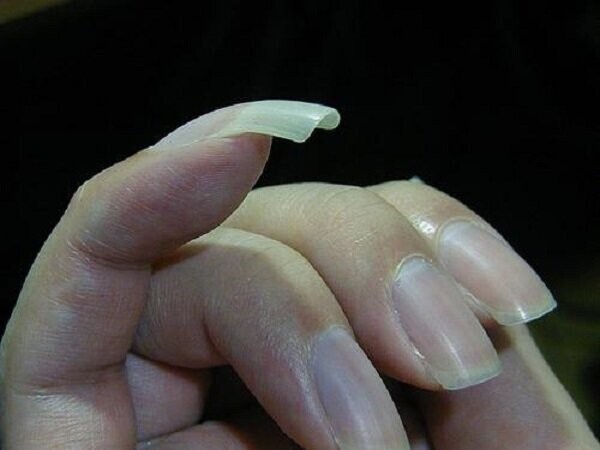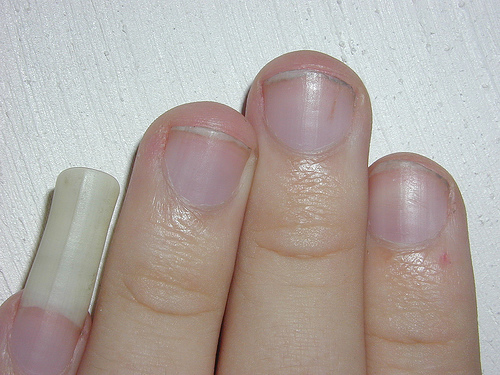
The practice of growing out the little fingernail has appeared in many cultures and time periods, carrying different meanings depending on context. While today it may be seen as a style choice, its origins are deeply rooted in tradition and symbolism.
From status to practicality

In ancient imperial China, a long pinky nail was a clear indicator of high social status. It showed that the person did not have to perform manual labor, which was left to the working classes. This symbol of privilege has lingered into modern times, with some people, including taxi drivers in parts of China, still maintaining the custom as a subtle status marker.
In both Chinese and Greek traditions, a long pinky nail was also linked to learning and refinement. It suggested that the person was educated, cultured, and possibly engaged in scholarly work rather than physical labor.
Beyond symbolism, the nail sometimes served a practical purpose. In Turkey, for example, it was used to open cigarette wrappers, while elsewhere it functioned as a handy tool to tear open packages or bags.
Changing meanings in modern times

By the 1970s, the long pinky nail had taken on new associations. In some subcultures, it became a discreet tool for consuming substances, while in others it was embraced purely as a fashion statement or part of a cultural identity. Today, for many, it remains a personal style choice rather than a symbol of status or intellect.
Conclusion
The reasons behind growing a pinky nail vary widely, shaped by culture, era, and individual preference. Whether viewed as a sign of prestige, a practical tool, or simply a unique aesthetic, this small detail carries a surprisingly rich history.